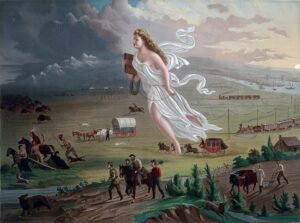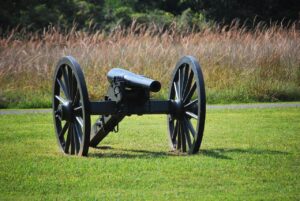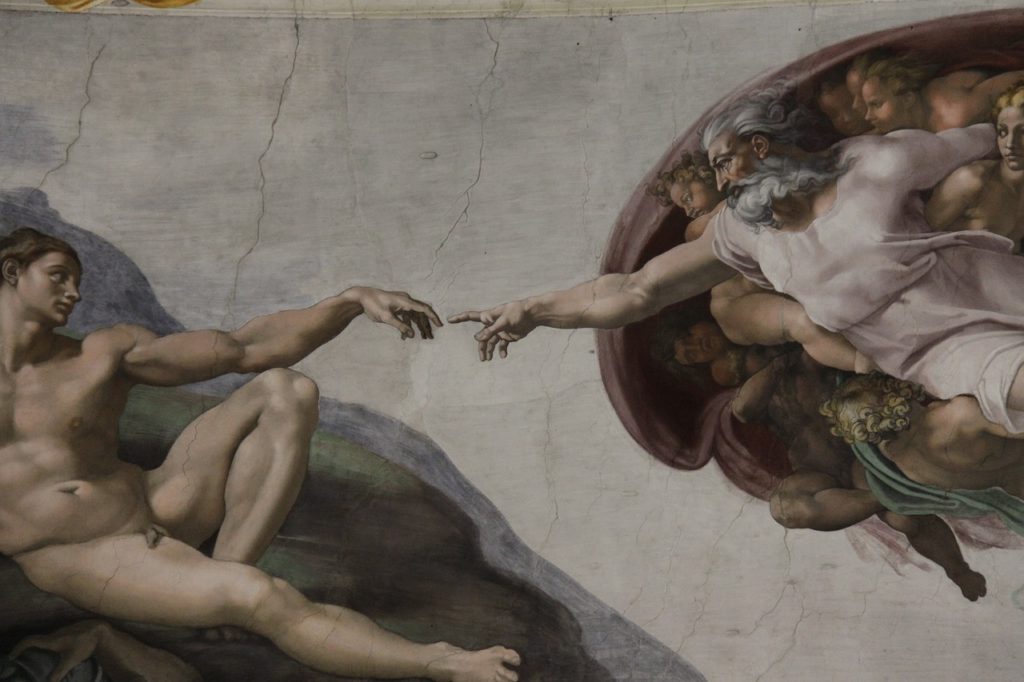
As a Protestant Christian, I firmly hold the belief that the biblical accounts of Creation and the Great Flood are true. This blog is written with the utmost respect for scripture, and it is not my intention to cast doubt on its teachings or endorse any alternative narratives. My goal is to explore how these biblical stories align with various narratives passed down through different societies, highlighting the shared elements and themes. This exploration is meant to deepen our understanding rather than to question biblical validity.
Introduction
Across the vast tapestry of human cultures and history, creation and flood narratives hold a prominent place, relating the origins and cataclysms of the world. From the ancient tales of Mesopotamia to the oral traditions of indigenous tribes, these stories show startling similarities despite their geographical and cultural differences. This blog delves into the intriguing parallels between these narratives, exploring the possibility that they may be variations of a single, ancient event. Additionally, we’ll consider scientific perspectives, mainly geological evidence, to understand the plausibility of a historical, large-scale flood.
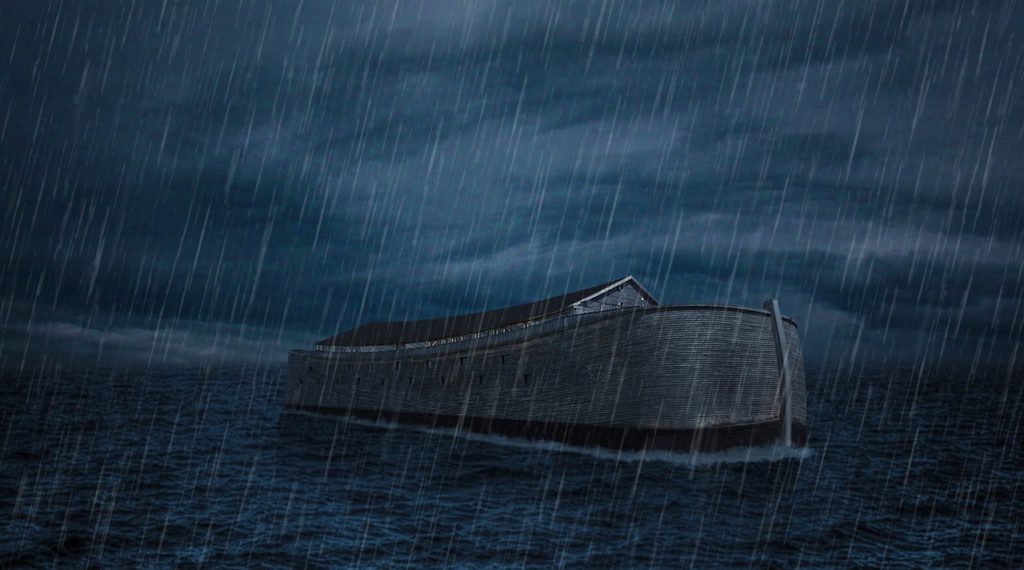
Similarities in Creation Narratives
Creation narratives, at their core, often share a typical narrative structure:
- 1. Chaos to Order: Many narratives start with a primordial state of chaos, which is then transformed into an ordered world. For example, the Greek myth of Gaia and Uranus or the Egyptian story of Atum rising from the waters of Nun. In Norse mythology, there was only Ginnungagap, the great void before the world as we know it existed. Hot air and cold air met and created the first being in the great void.
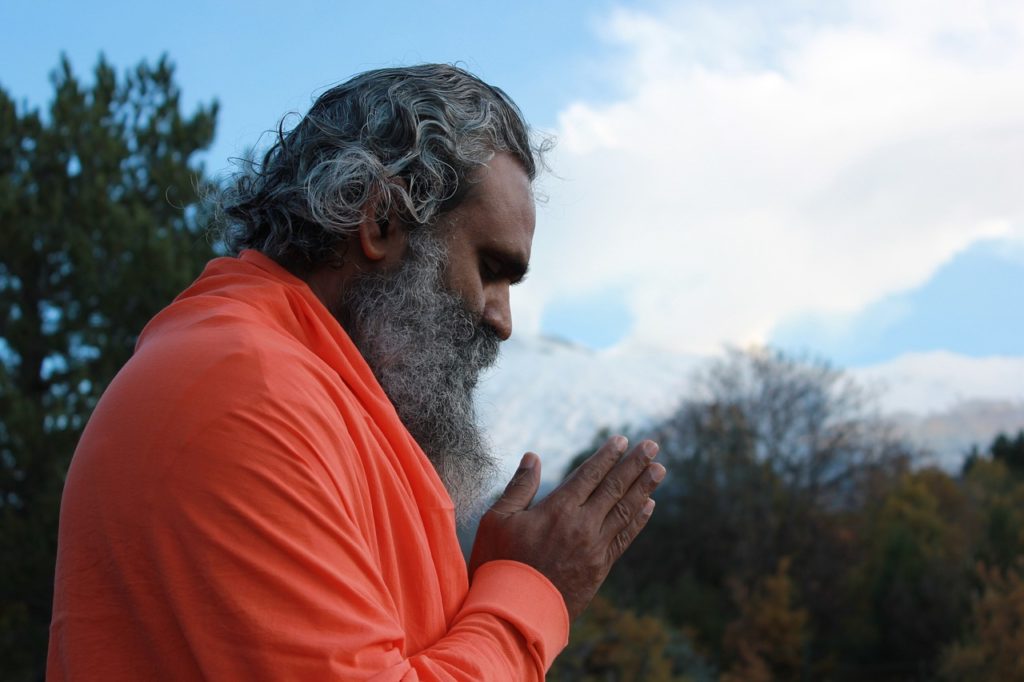
- 2. Divine Intervention: Gods or supreme beings often play a pivotal role in these stories, shaping the world and giving life to the first humans – a theme seen in Hinduism’s Brahma, and the Biblical account of God in Genesis. In the Popol Vuh, the sacred book of the Maya, the gods first created the earth and the mountains from the primordial sea.
- 3. Cosmic Egg or Entity: The concept of the world being born from a cosmic egg or a similar entity is prevalent in Chinese mythology and in Finnish folklore (the story of Ilmatar).
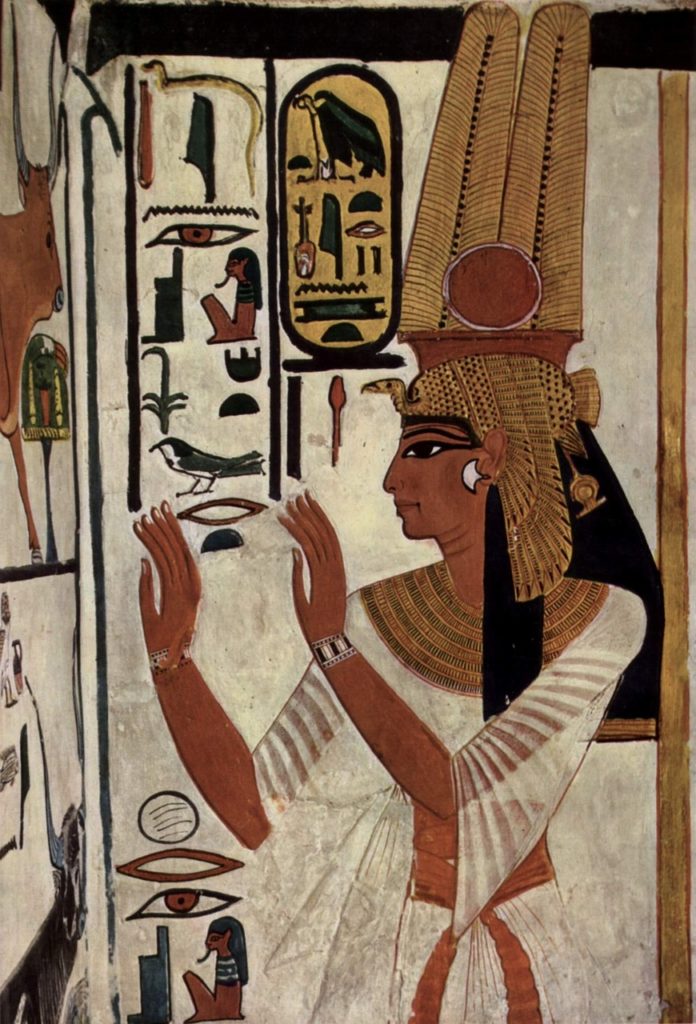
Flood Narratives: A Universal Deluge
Flood narratives are similarly widespread:
- 1. A World-Engulfing Flood: Nearly every culture has a story of a great deluge – the Biblical story of Noah, the Mesopotamian Epic of Gilgamesh, and the Hindu legend of Manu, to name a few. These three share striking similarities, particularly in their flood narratives. In all three stories, a great flood is a central event. This flood is typically depicted as a divine response to human wrongdoing or overpopulation, intended to cleanse or reset the world.
- 2. Divine Warning and Survival: A common theme is a deity warning a chosen individual, leading to the survival of this person and, often, animals, ensuring the continuation of life. The biblical narrative has God warning Noah to build an ark. Ea, or Enki, warns Utnapishtim, and he builds a boat, also saving his family, craftsmen, and animals. Manu is warned by the god Vishnu.
- 3. Renewal and Rebirth: Post-flood, these stories typically conclude with themes of renewal, rebirth, and often a covenant or promise between the deity and humanity. In each story, these characters and their companions are the sole survivors, tasked with continuing life after the flood:
Noah’s family repopulates the Earth after the waters recede, Utnapishtim and his wife are granted immortality by the gods and live at the mouth of rivers, and Manu creates offspring with the help of the goddess Ida, repopulating the earth.
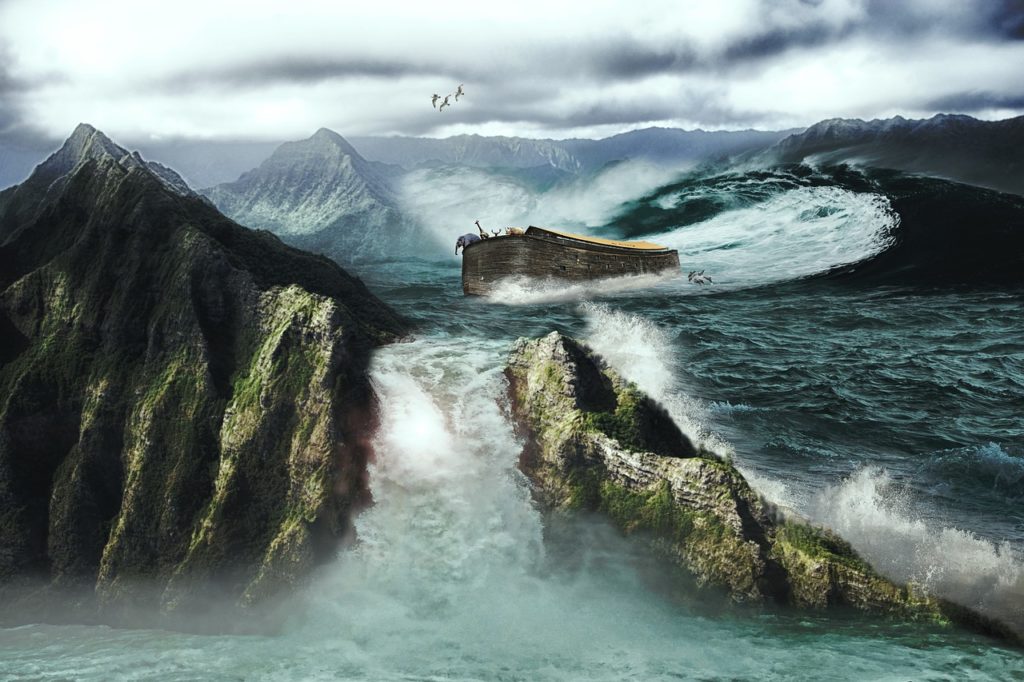
Conclusion: Variations of a Singular Event?
The striking similarities in creation and flood narratives worldwide suggest they could stem from shared human experiences or collective unconscious archetypes, as posited by Carl Jung. These narratives may represent the collective memory of a singular historical event.
The debate continues, with many researchers contributing valuable insights. What remains clear is the power of these narratives to connect us across time and space, offering a window into humanity’s shared fears and hopes.
